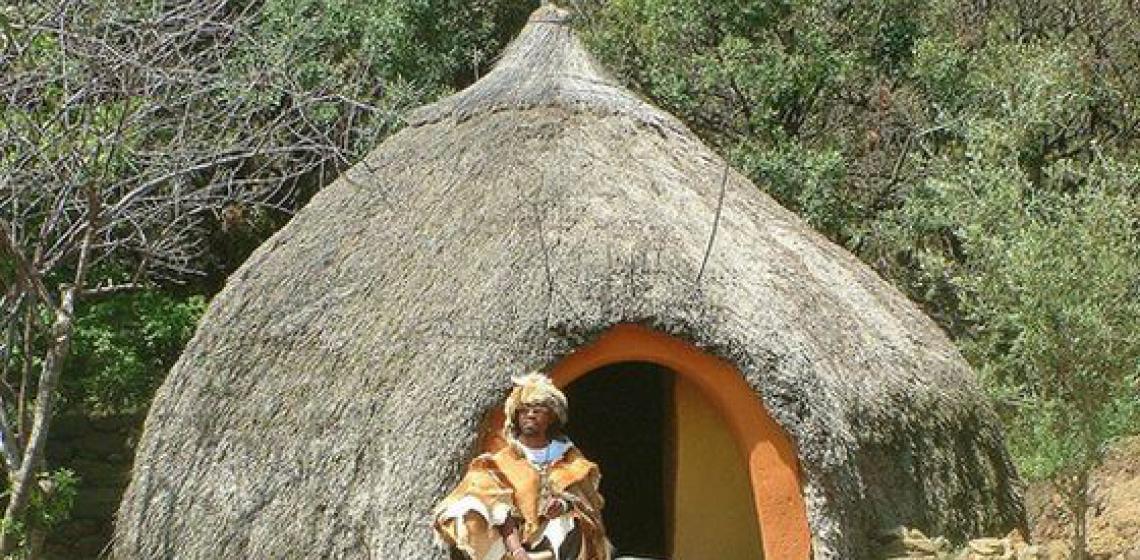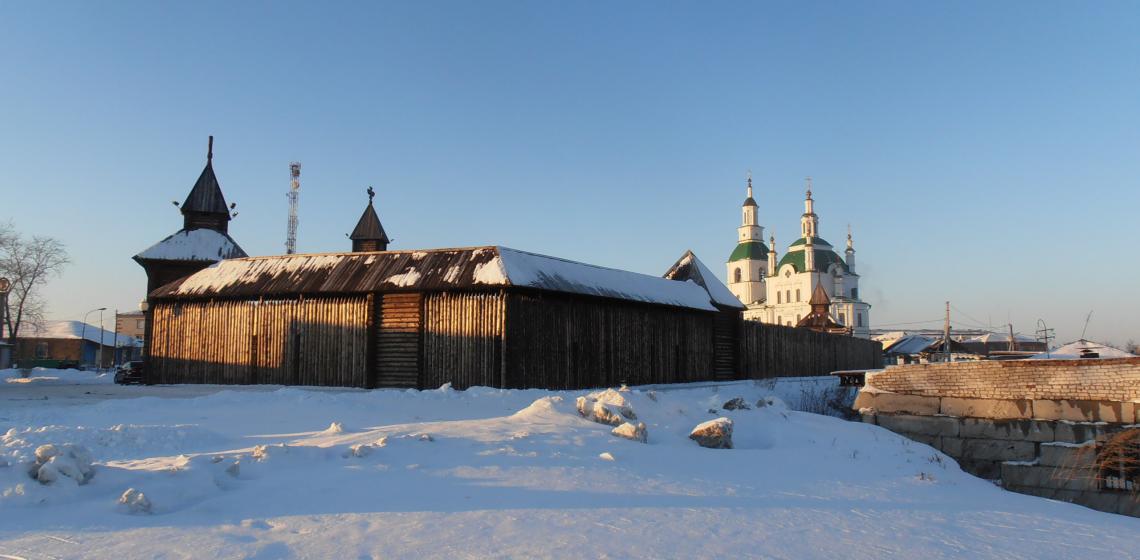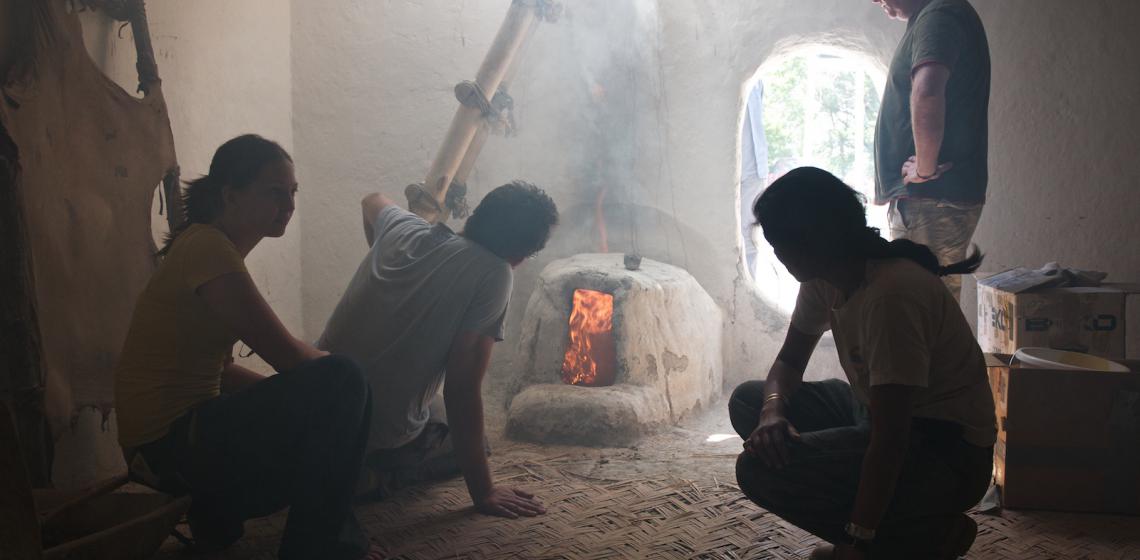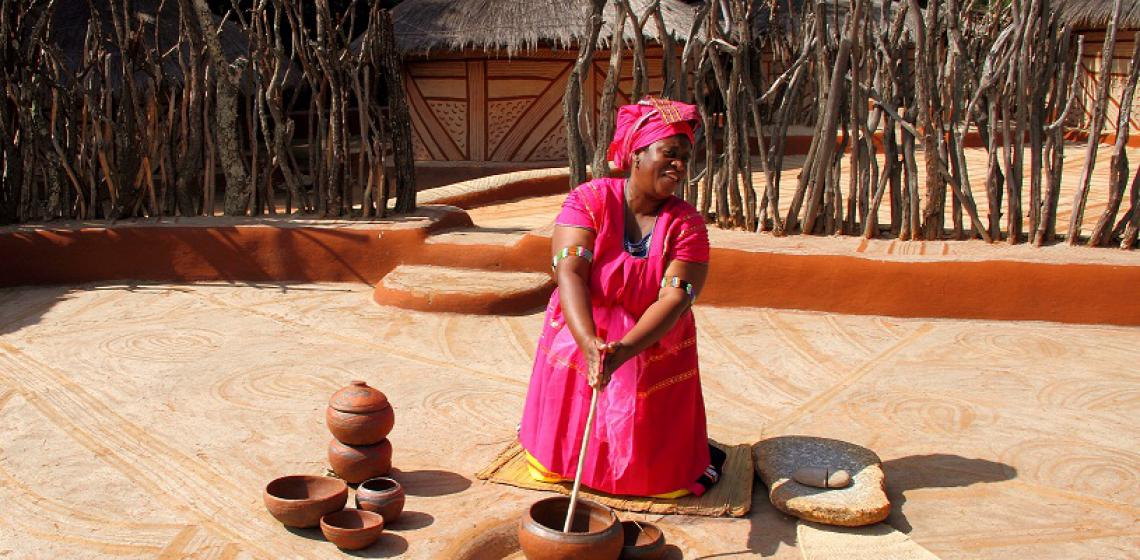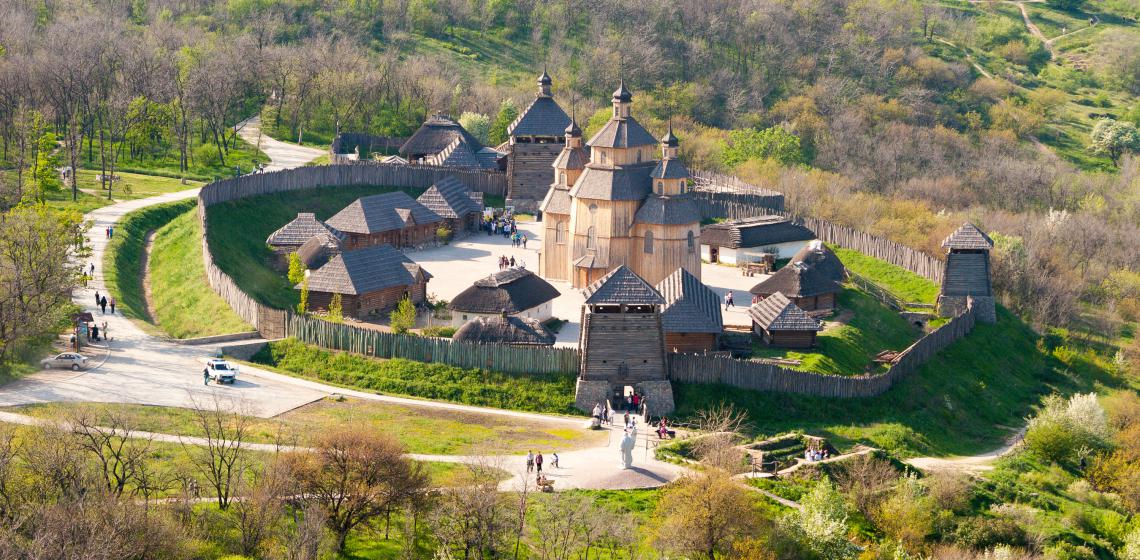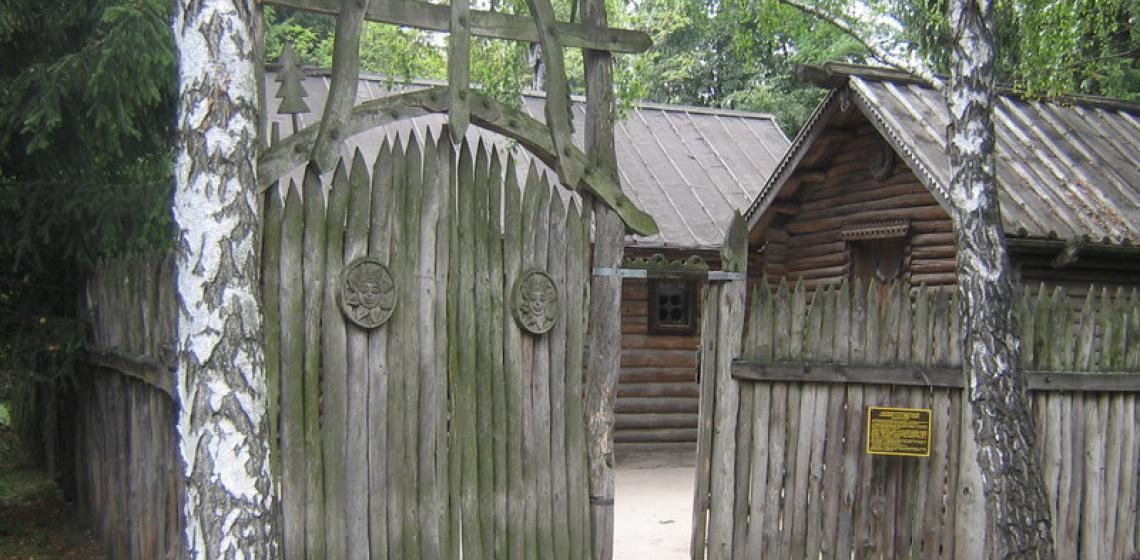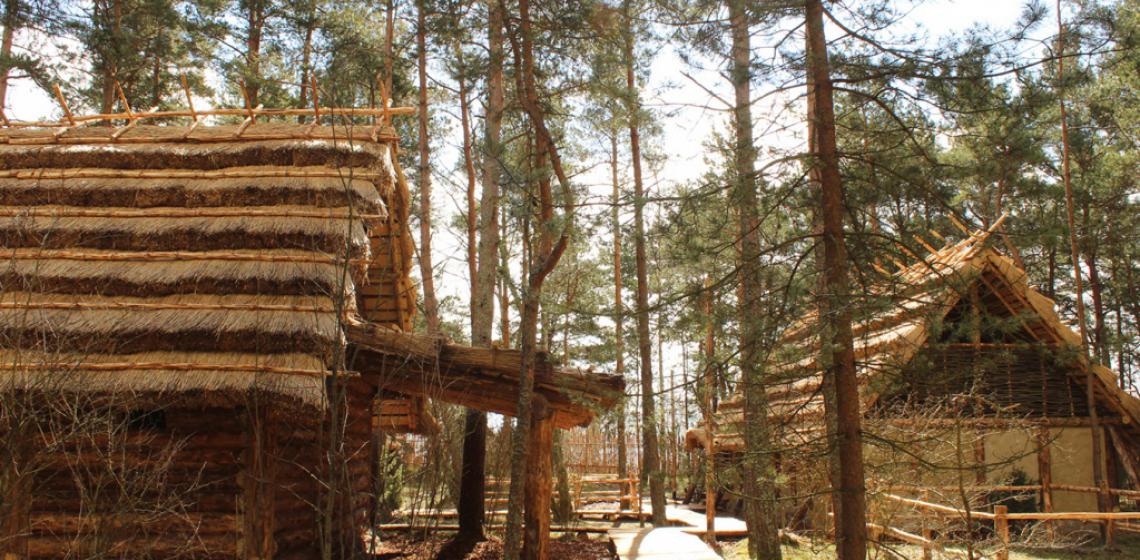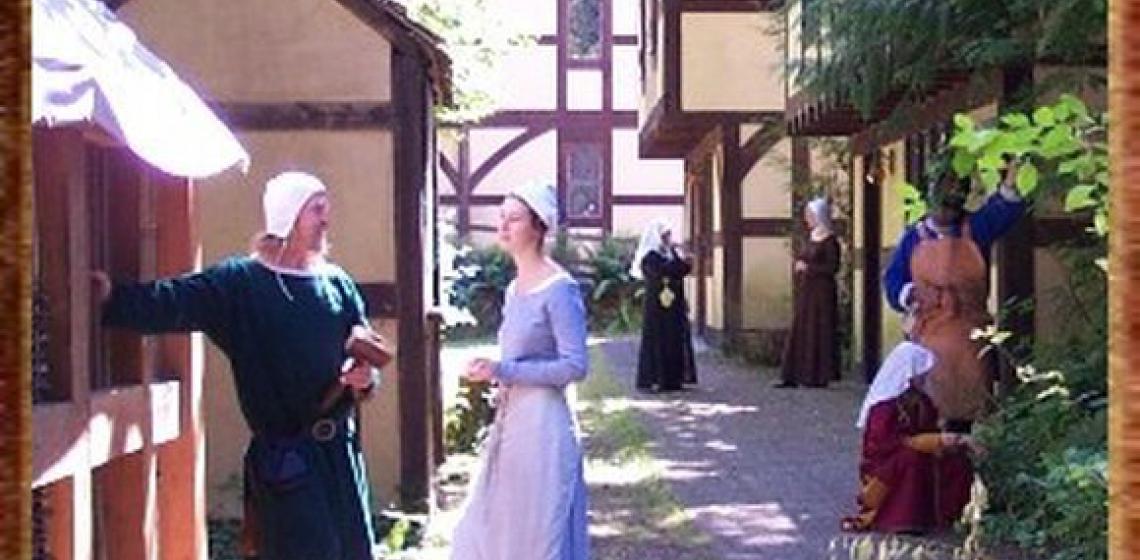Basotho Cultural Village (ZA)
A visit to the Basotho Cultural Village, which nestles at the foot of huge sandstone mountains in the Eastern Free State, will give you a deeper insight into the lifestyle of the South Sotho from the 16th century to the picturesque present. The Basotho Cultural Village is part of the Golden Gate Highlands National Park.
The Village regularly hosts art exhibitions as well as live stage performances at the sandstone amphitheatre. Here are also traditional dance and music competitions sure-casing local talent in cultural music by school children and community groups. The art gallery boasts work of local artists and a permanent photographic exhibition of the building process of the village and litem' art in the Eastern Free State.

